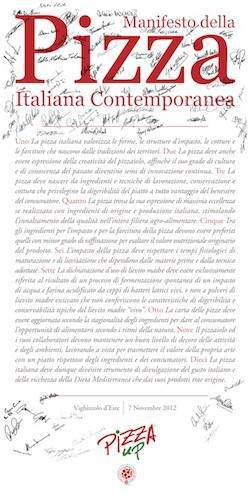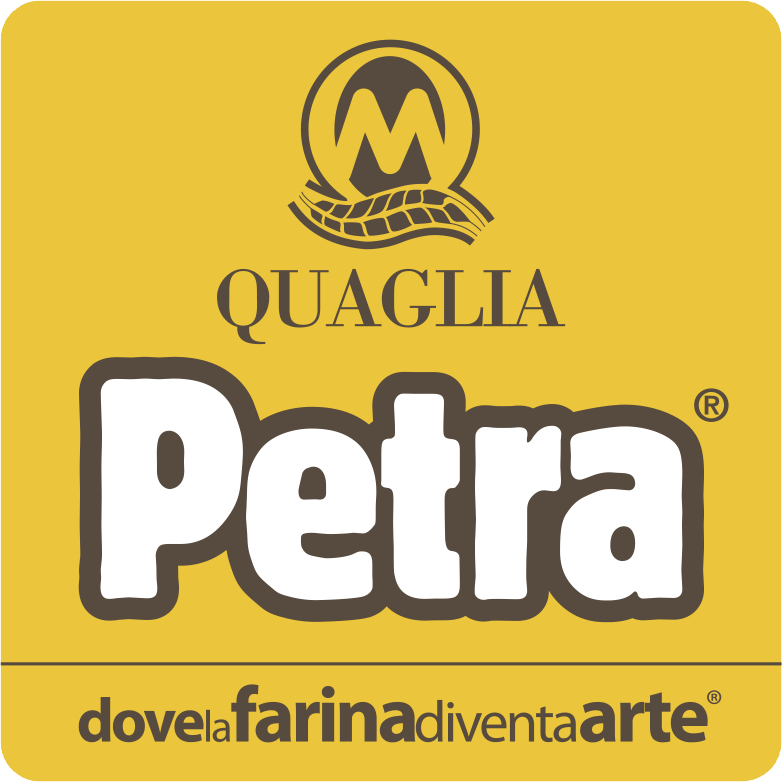
Which are simple to understand but not as easy to make if you want to make them properly. They’re seemingly banal because they’re part of our daily life since our birth. They’re less banal if you think of how quality has changed over the past 50 years.
In the aftermath of WWII, industrial growth led to new standards, which focused on a production for mass consumption, redefining quality with different parameters from the traditional ones. Quality in the 20th century was based on the shape covering the substance of the leavened product.
Hence even in the world of baked products, flavours prevailed in which an unnatural sweet or savoury note was added. The family culinary tradition was superseded by homogenised industrial flavours. In between, there were artisans who often used the same industrial ingredients and processes, with food’s long life being a necessity imposed by distribution.
We’re now in the 21st century and lifestyles are rapidly changing. Consumers join in niches full of value where food is an important part of the life paradigm, one taken as a model. The common denominator is given by new quality standards, which have old flavours re-emerge in a context in which environmental responsibility and attention to wellbeing dominate.
In 2012 we used the word “contemporary” to define this new approach to food and we used pizza to represent these new needs.
Today even more so we could speak of contemporaneity in the new models for bread, panettone and pizza, emblems of an Italian cuisine that is rebuilding a valuable tradition.
Piero Gabrieli
source: http://newsletter.identitagolose.it/email.php?id=590
Leggi il testo integrale nel link FONTE (qui sopra)
BREAD RELIGION
Iscriviti e ricevi le novità nella tua email.






